Features From the Issue
-
Features
The Cult of Amun
In the epic rivalry between ancient Egypt and Nubia, one god had enduring appeal
 (Courtesy Y. Guichard © The Berber-Abidiya Archaeological Project)
(Courtesy Y. Guichard © The Berber-Abidiya Archaeological Project) -
Features
The Minoans of Crete
More than 100 years after it was first discovered, the town of Gournia is once again redefining the island's past
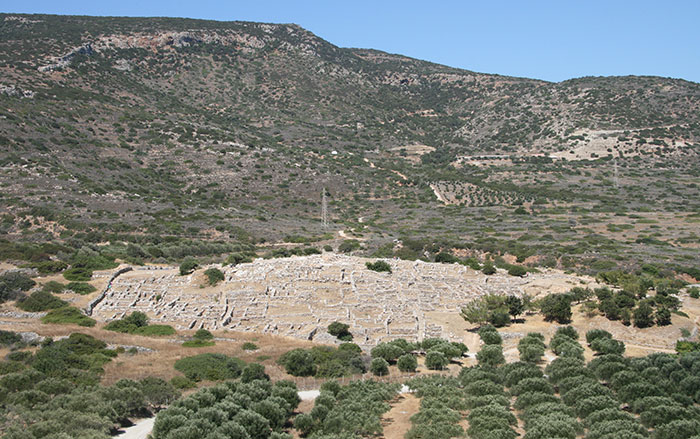 (Jarrett A. Lobell)
(Jarrett A. Lobell) -
Features
Mysteries of the Brotherhood
Archaeologists are searching for the origins of a secretive Catholic society in northern New Mexico
-
Features
When in Rome
New excavations are providing an unexpected view of nearly one thousand years of life in the capital
-
Features
Ghosts of the Golden Gate
Two ships, two continents, and the ocean that connects them

Letter from Hawaii
Letter from Hawaii
Inside Kauai's Past
Ideal conditions within an ancient cave system are revealing a rich history that reaches back to a time before humans settled the island and extends to the present day

Artifact
Artifacts
Late Roman Amulet
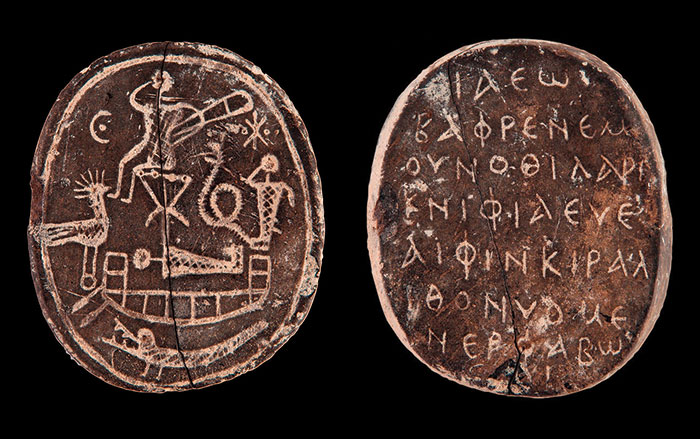
Digs & Discoveries
-
Digs & Discoveries
The Charred Scrolls of Herculaneum
 (Fotonews/Splash News/Corbis)
(Fotonews/Splash News/Corbis) -
Digs & Discoveries
Viking Trading or Raiding?
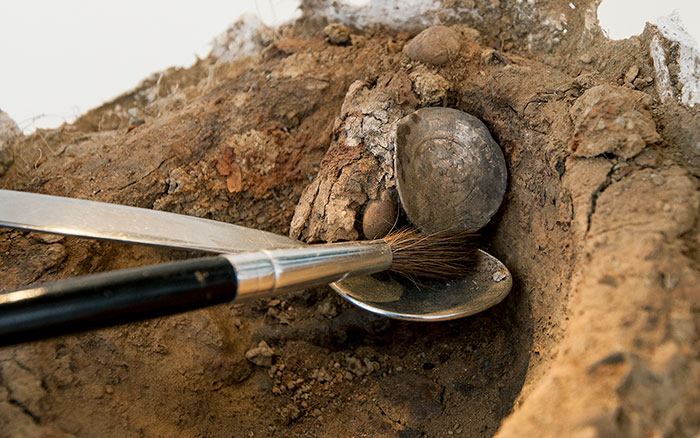 (Courtesy Åge Hojem/NTNU Museum of Natural History and Archaeology)
(Courtesy Åge Hojem/NTNU Museum of Natural History and Archaeology) -
Digs & Discoveries
Telecom History Deep Beneath the Pacific
 (Courtesy UH HURL)
(Courtesy UH HURL) -
Digs & Discoveries
How Grass Became Maize
 (Collections of the R.S. Peabody Museum, Photo: Donald E. Hurlbert, Smithsonian Institution)
(Collections of the R.S. Peabody Museum, Photo: Donald E. Hurlbert, Smithsonian Institution) -
Digs & Discoveries
Medicine on the High Seas
 (Courtesy NC Department of Cultural Resources)
(Courtesy NC Department of Cultural Resources) -
Digs & Discoveries
Cause of Death
 (Scala/Art Resource)
(Scala/Art Resource) -
Digs & Discoveries
A Western Wiki-pedia
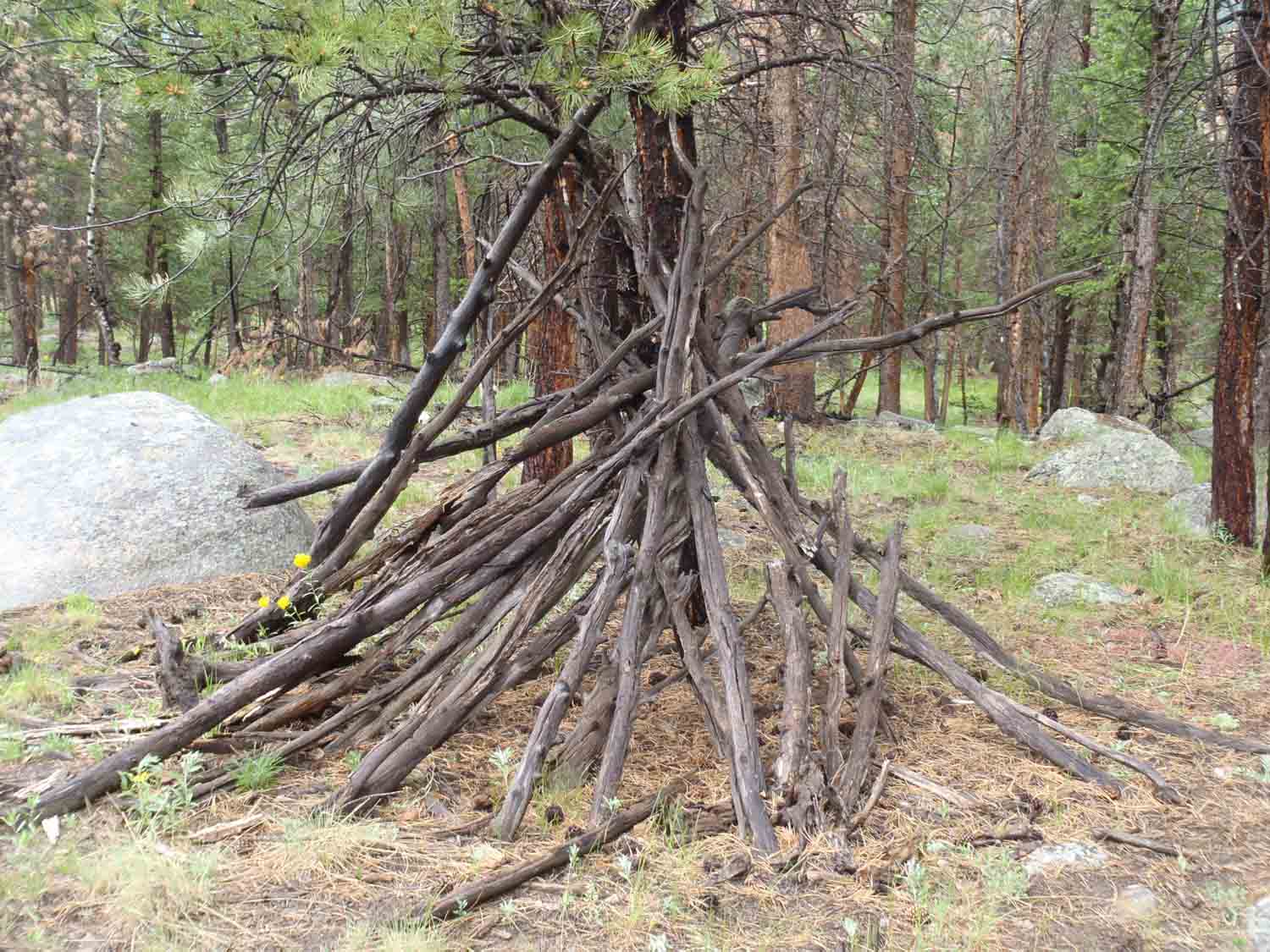 (Courtesy Curtis Martin, Colorado Wickup Project)
(Courtesy Curtis Martin, Colorado Wickup Project) -
Digs & Discoveries
Catching Fire and Keeping It
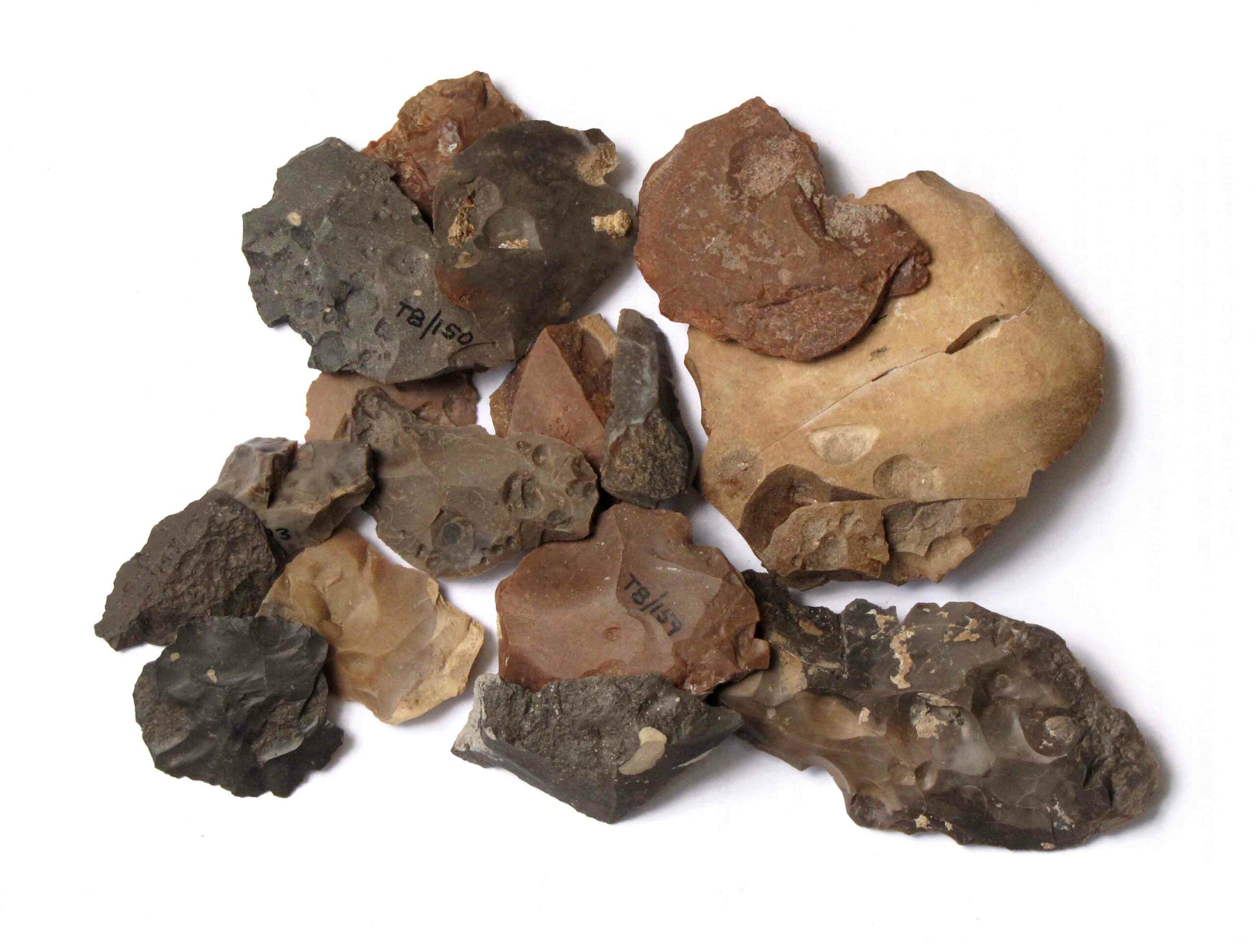 (Courtesy Ron Shimelmitz)
(Courtesy Ron Shimelmitz) -
Digs & Discoveries
Oysters for the Earth Goddess

-
Digs & Discoveries
Ant Explorers
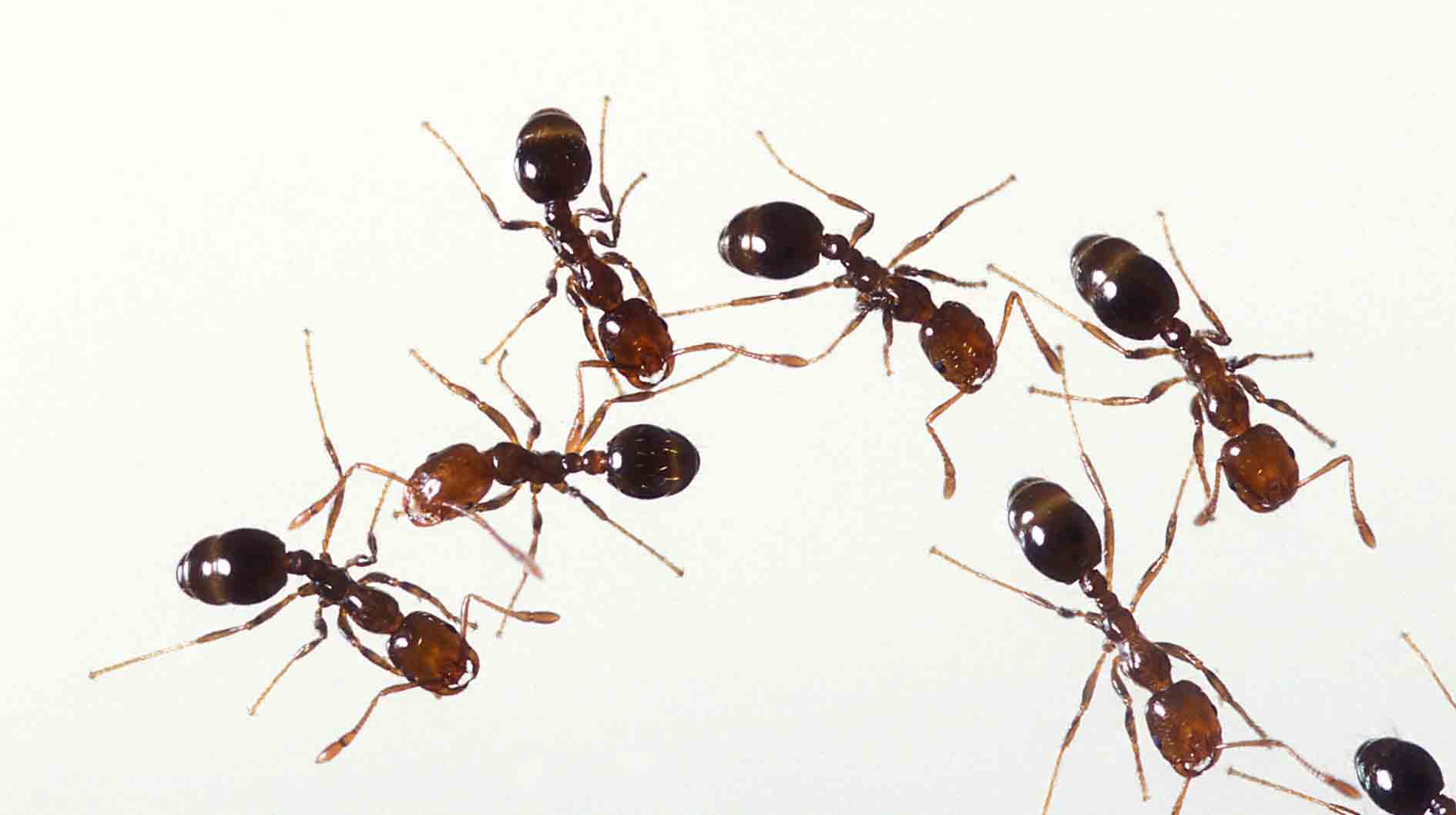 (Wikimedia Commons, Photo Stephen Ausmus)
(Wikimedia Commons, Photo Stephen Ausmus) -
Digs & Discoveries
A Soul of a City
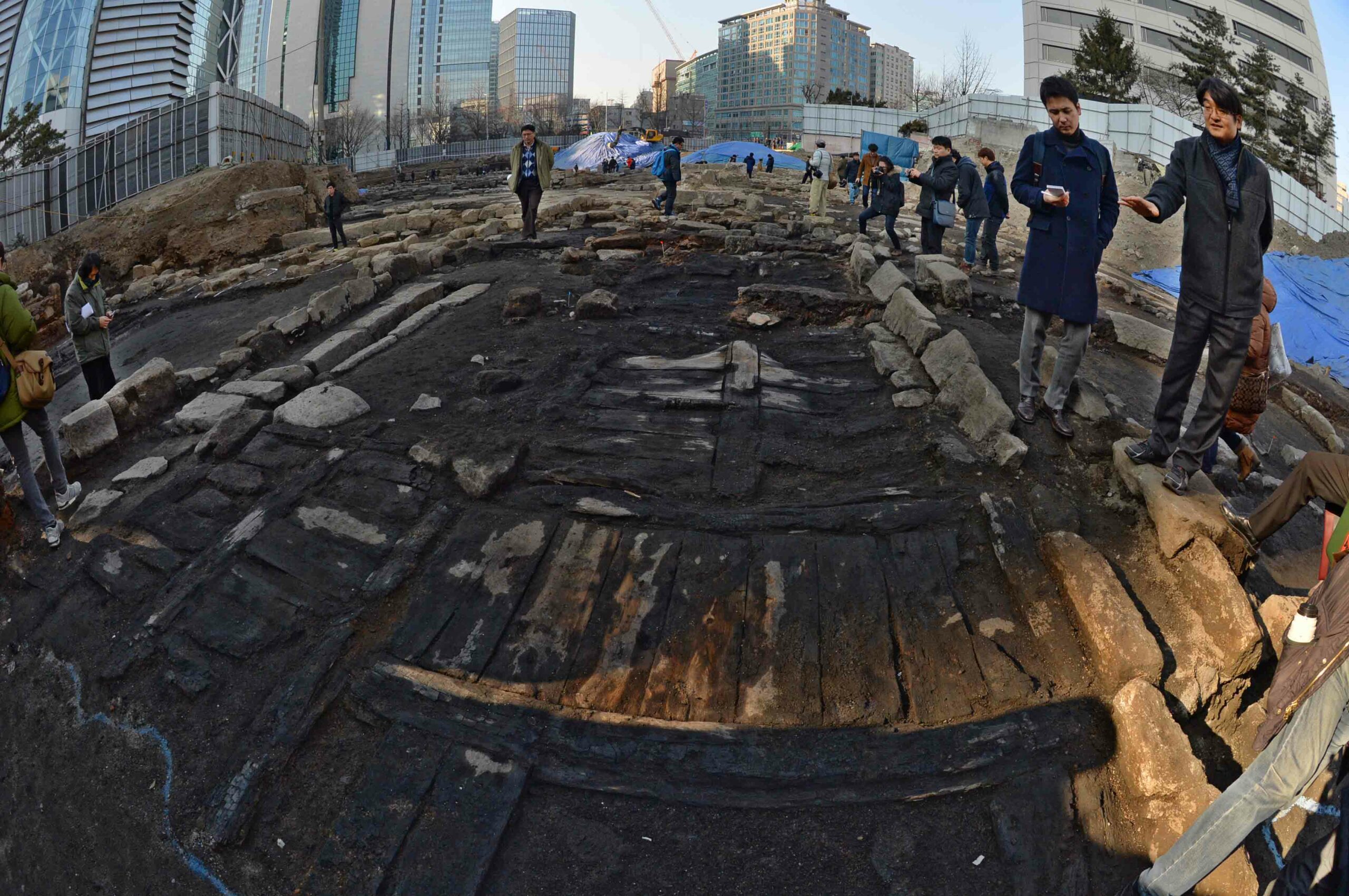 (Korea News1)
(Korea News1) -
Digs & Discoveries
A Slice of Parasitic Life
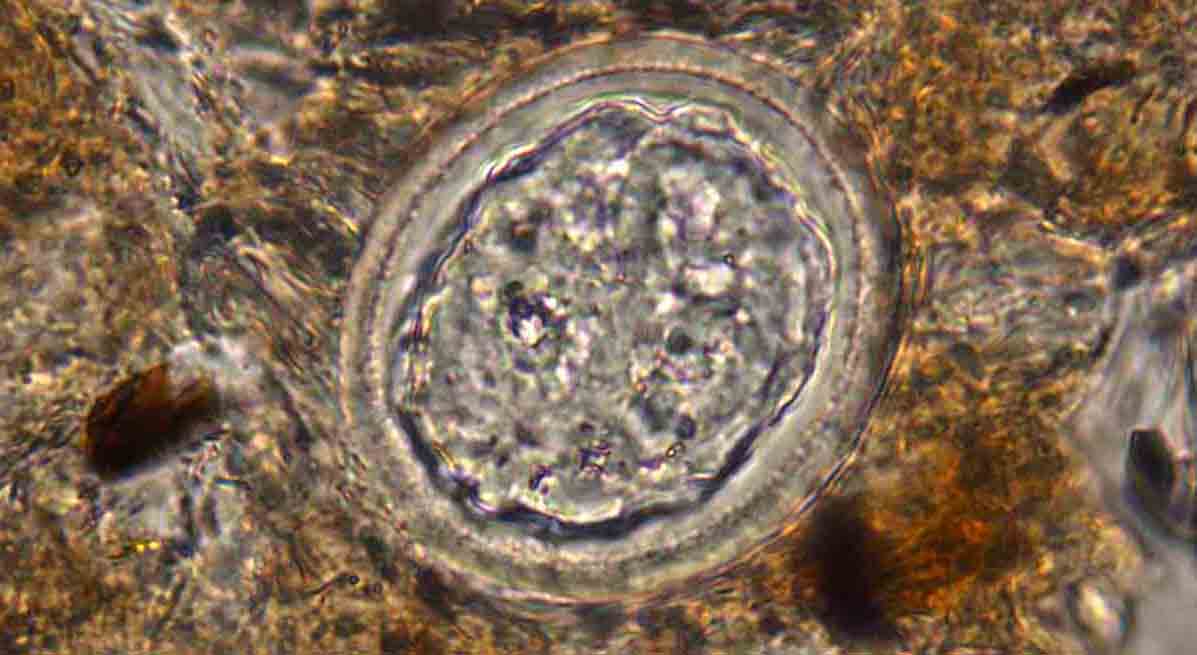 (Courtesy Christine Pümpin/IPAS)
(Courtesy Christine Pümpin/IPAS) -
Digs & Discoveries
The Price of a Warship
 (Courtesy INA/M. Jones)
(Courtesy INA/M. Jones) -
Digs & Discoveries
Medieval Leather, Vellum, and Fur
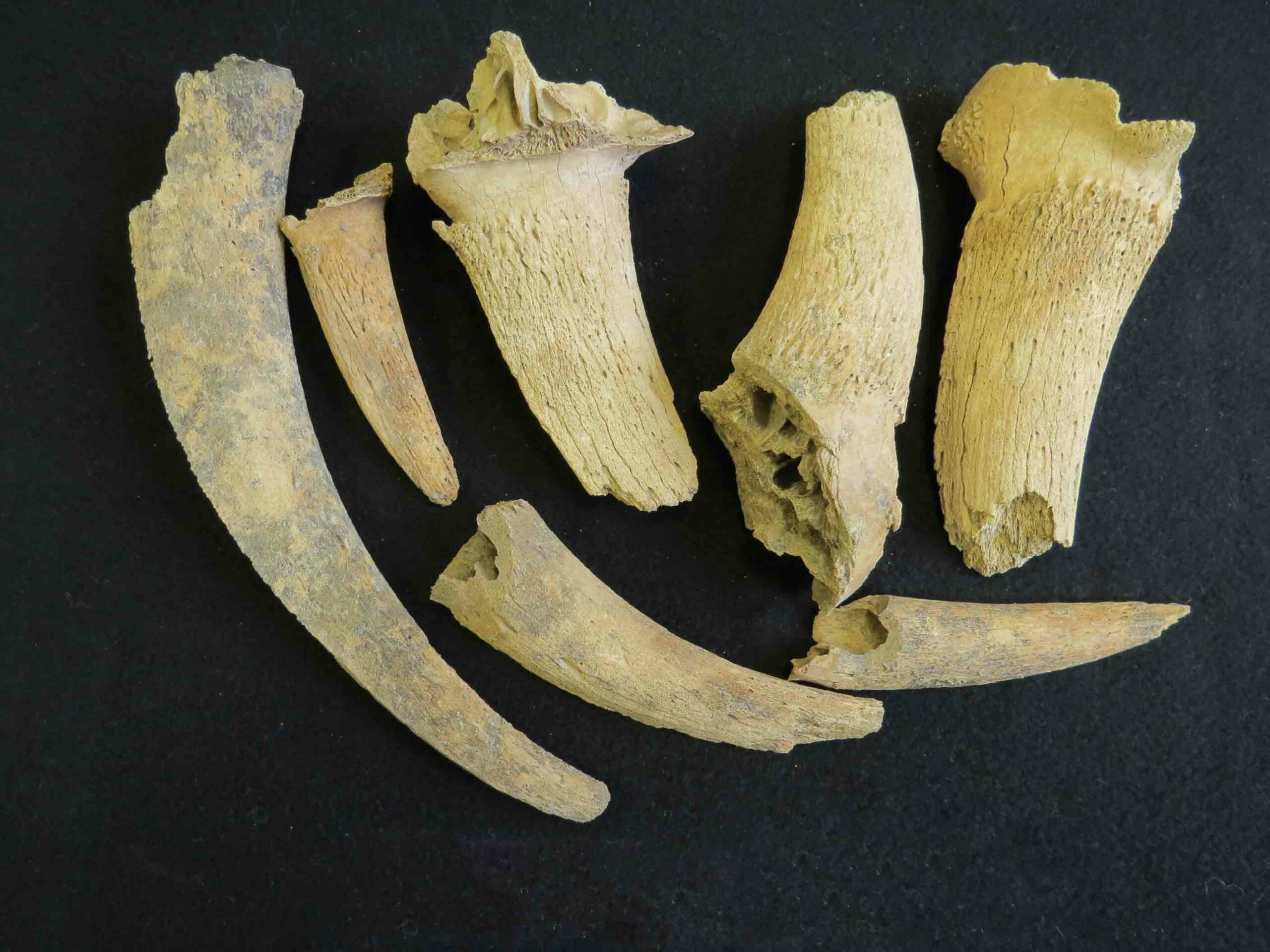 (Courtesy David Adams)
(Courtesy David Adams) -
Digs & Discoveries
A Shipwreck in Drydock
 (Imaginechina)
(Imaginechina) -
Digs & Discoveries
Mongol Fashion Statement
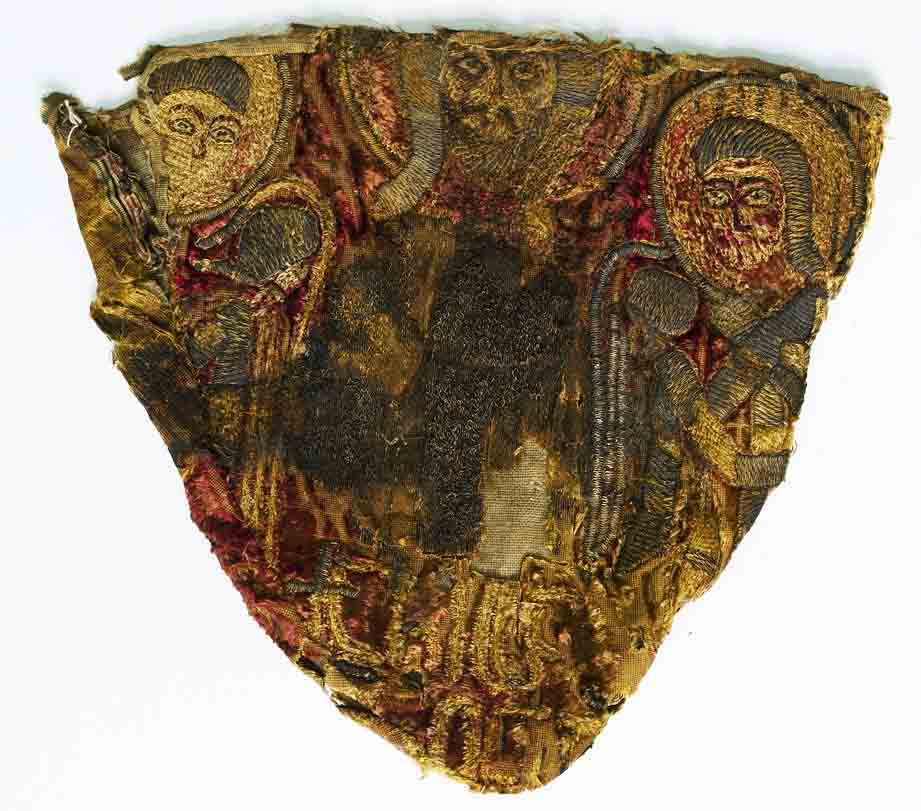 (Courtesy Zvezdana Dode)
(Courtesy Zvezdana Dode)
Off the Grid
Off the Grid May/June 2015
Saul's Mound, Pinson Mounds, Tennessee
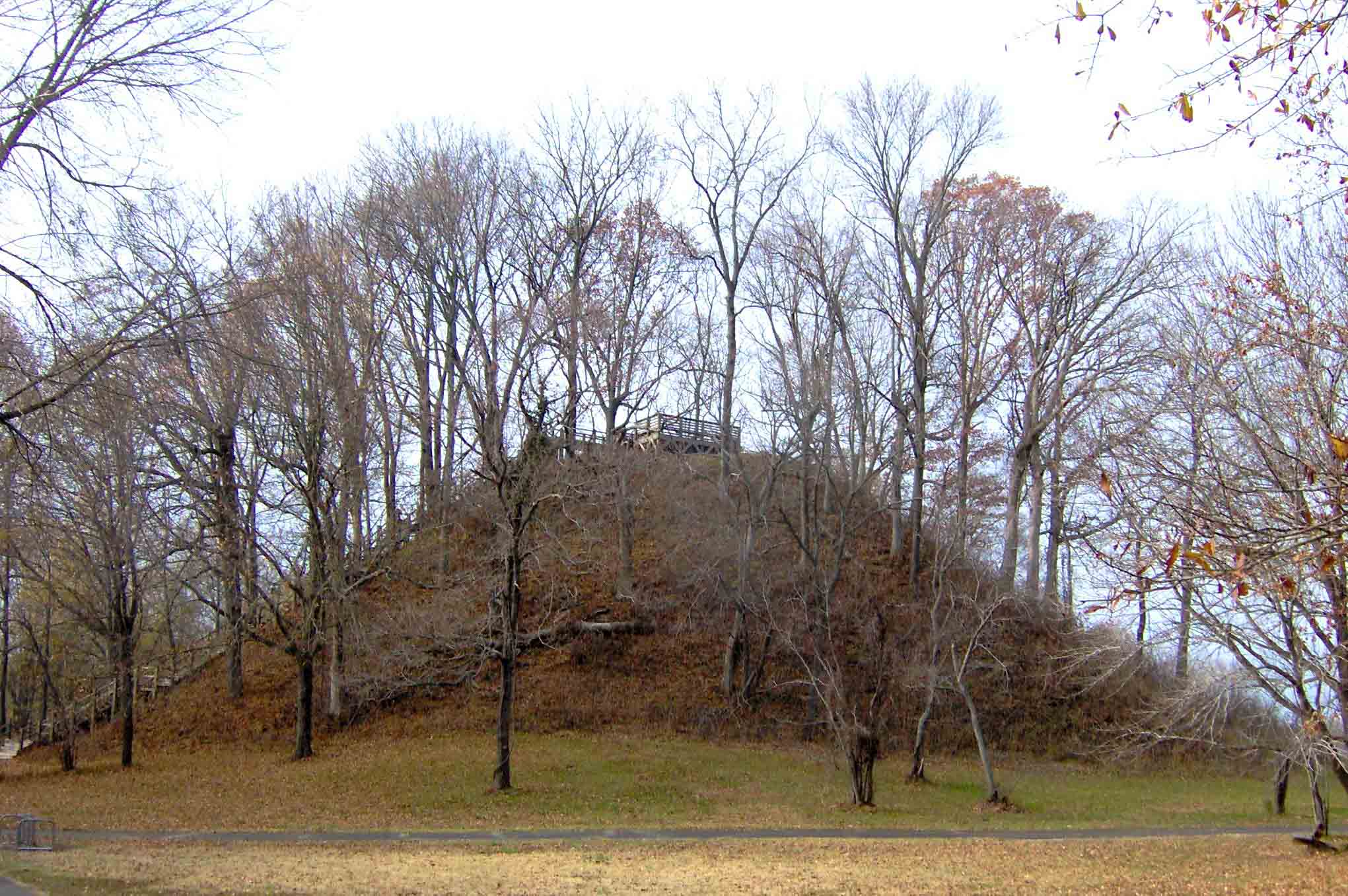
Around the World

BELIZE

BELIZE: The Great Blue Hole, a limestone sinkhole 40 miles offshore, is widely recognized as one of the world’s great scuba destinations. The sediment in and around it also provides information about past climate. The concentration of titanium and the ratio of titanium to aluminum rise and fall with rainfall, so by analyzing sediment cores, earth scientists have determined that there were severe droughts between A.D. 800 and 900, and again between 1000 and 1100. The two periods correspond with the declines of the Terminal Classic Maya cities and Chichén Itzá, respectively.

SPAIN

SPAIN: In a deep deposit at El Mirador Cave—spanning the Early Neolithic to the Bronze Age (7,200 to 3,100 years ago)—archaeologists have found evidence of human consumption of dogs, wild cats, badgers, and foxes. The carnivore bones appear to have been butchered, broken, cooked, and gnawed by humans. Consumption of dog meat appears sporadically but repeatedly, while bones of the other carnivore species are less frequent. Researchers suspect they might have been accidentally hunted, but also may have provided extra protein in times of scarcity.—Samir S. Patel
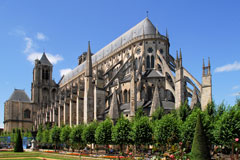
FRANCE

FRANCE: Using a novel method—radiocarbon dating of trapped iron carbide flakes—metallographers and archaeologists have confirmed that metal reinforcements used in Gothic cathedrals were not later additions, but rather were part of the initial construction process. Samples taken from cathedrals in Bourges and Beauvais reveal that metal tie-rods and chains were incorporated either during the initial design phase or as builders were working, the latter suggesting that cathedral building sites were like laboratories for new building techniques.—Samir S. Patel


